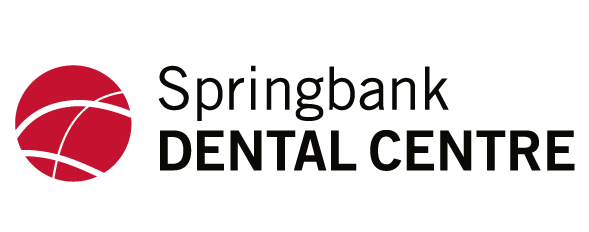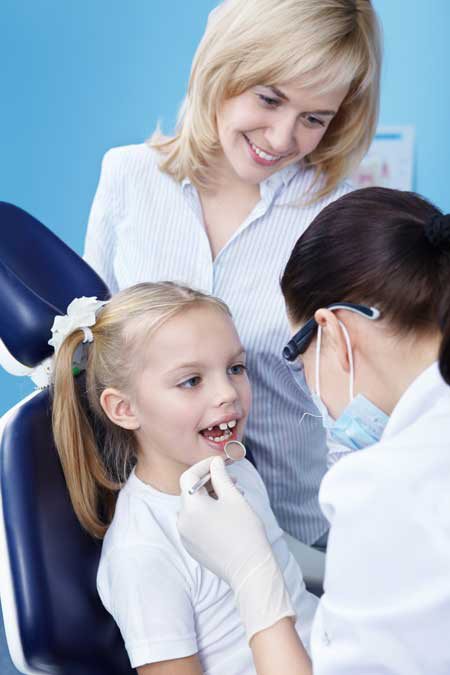Call Us Today! (403) 277-7464 NEW PATIENTS: (587) 317-9910 | 116-30 Springborough Blvd SW, CALGARY AB T3H 0N9

Sedation Dentistry for Children in Calgary, AB

In contrast to general anesthesia (which renders the child unconscious), dental sedation is only intended to reduce the child’s anxiety and discomfort during dental visits. In some cases, the child may become drowsy or less active while sedated, but this will quickly desist after the procedure is completed.
When is sedation used?
Sedation is used in several circumstances. Firstly, very young children are often unable to keep still long enough for the pediatric dentist to perform high-precision procedures safely. Sedation makes the visit less stressful for both children and adults and vastly reduces the risk of injury. Secondly, some children struggle to manage anxiety during dental appointments. Sedation helps them to relax, cope, and feel happier about treatment. Thirdly, sedation is particularly useful for children with special needs. It prevents spontaneous movement and guides cooperative behavior.
What are the most common types of sedation?
Most dentists have several sedation options available, and each one comes with its own particular benefits. The dentist will assess the medical history of the child, the expected duration of the procedure, and the child’s comfort level before recommending a method of sedation.
Conscious sedation allows children to continually communicate, follow instructions, and cooperate during the entire procedure. The major methods of conscious sedation are described below:
Laughing Gas – The dentist may recommend laughing gas for children who exhibit particular signs of nervousness or anxiety. Laughing gas is delivered via a mask, which is placed over the child’s nose. Laughing gas is always combined with oxygen – meaning that the child can comfortably breathe in through the nose and out through the mouth.
Laughing gas relaxes children extremely quickly, and can produce happy euphoric behavior. It is also quick acting, painless to deliver, and wears off within a matter of minutes. Before removing the mask completely, the pediatric dentist delivers regular oxygen for several minutes, to ensure the nitrous oxide is eliminated from the child’s body. On rare occasions, nitrous oxide may cause nausea. For this reason, most pediatric dentists suggest minimal food intake prior to the appointment.
Oral sedation – Children who are uncooperative, particularly anxious, or unable to control their muscles for prolonged periods, may be offered an oral sedative. Oral sedatives come in many different forms (usually tablets, pills, and liquids), and may make the child feel drowsy. If oral sedatives are to be used, the pediatric dentist may require parents to prepare the child before the appointment. Some common preparatory measures may include: limiting food and fluid intake prior to the appointment, having the child wear comfortable clothing to the appointment, and preparing to stay with the child for several hours after the appointment. Oral sedatives rarely produce serious side effects; nausea is among the most common.
Other forms of conscious sedation – Other less common ways to administer sedatives include intravenous (IV sedation), the use of suppositories, and even the use of a nasal spray. In most cases, the method of delivery may change, but the chemical nature of the sedative remains the same.
What about general anesthetic?
General anesthetic (which puts the child in a deep sleep), is rarely used in dental work unless:
- A procedure cannot otherwise be performed safely.
- The child has a condition which limits cooperation or the ability to follow instructions.
- The child needs a lengthy treatment.
- The child needs more complex dental treatment or oral surgery.
General anesthetic requires more intensive preparation before the treatment and a longer period of recovery after the treatment. Conscious sedation is usually favored wherever possible.
If you have questions or concerns about sedation techniques, please contact our practice at (587) 317-9910.
Other Child-Related Pages:
Care for Your Child’s Teeth | Dental Emergencies | Does Your Child Grind His or Her Teeth at Night? | Eruption of Your Child’s Teeth | First Visit | How Often Should Children Have Dental Checkups? | Pacifiers and Thumb Sucking | Sedation Dentistry for Children | What’s the Best Toothpaste for My Child? | When Should Children Have Their First Dental Visit? | Why Are Primary Teeth Important?
Copyright 2025 Springbank Dental Centre & Dental Growth Strategies | All Rights Reserved | Powered by Dental Growth Strategies

